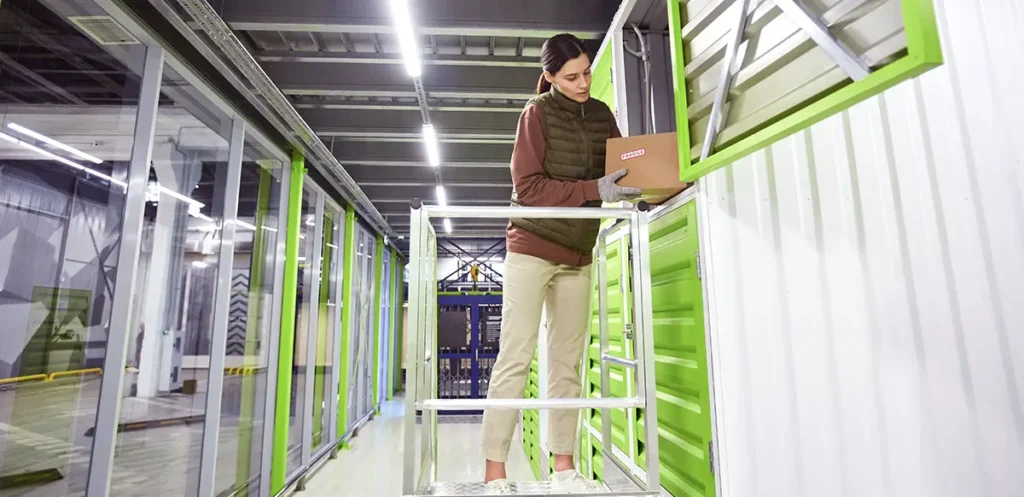Developing Smart and Sustainable Warehousing for Cold Chain


What is a SMART Cold Storage Facility?
- Precision Climate Management Temperature Control: Consistency is key. A small deviation in temperature can mean spoilage, and smart systems ensure constant monitoring and regulation. Humidity Control: Beyond just cooling, maintaining the right moisture levels is essential, especially for produce, preventing them from drying out or decaying.
- Energy Efficiency The energy demand in cold storage is immense, but smart facilities achieve their goals with minimum energy usage by employing: Advanced Refrigeration Systems: More efficient compressors, evaporators, and heat exchangers optimize the cooling process. Renewable Energy: Integrating solar or wind power makes these facilities not only energy-efficient but also environmentally responsible.
- Automated Systems Automated systems like the Internet of Things (IoT) and Building Management Systems (BMS) track and adjust temperatures, lighting, and even energy consumption without manual intervention. Imagine a facility that can sense and solve issues before they even arise.

The Importance of Temperature Efficiency
- High-Performance Insulation: The building's design and insulation play a crucial role in retaining the cold. Insulated doors and windows, along with energy-efficient compressors, ensure that the system doesn't have to work harder than necessary.
- Real-Time Monitoring: IoT sensors that constantly track the internal climate give facility managers the power to make real-time adjustments, ensuring the facility stays energy-efficient without compromising on temperature control.

Automation for Greater Efficiency
The cold storage industry is rapidly embracing automation, which reduces human error and accelerates processes. Automated Guided Vehicles (AGVs) now transport goods within warehouses, and robotic pickers ensure that sorting is both fast and flawless.
These innovations aren’t just about cutting costs—they’re about ensuring that temperature-sensitive products move swiftly through the system, reducing the risk of spoilage at every stage.
Sustainability in Cold Chain
With climate change posing a growing threat, the cold chain industry has a responsibility to cut its carbon footprint. Sustainability efforts, like integrating renewable energy sources and eco-friendly refrigeration systems, are becoming non-negotiable.
- Green Building Certifications: Cold storage facilities that meet standards like LEED are not only more energy-efficient but also recognized globally as environmentally responsible.
- Solar-Powered Refrigeration: More and more facilities are turning to renewable sources like solar energy to meet their cooling needs—reducing dependence on fossil fuels and cutting operational costs.
Looking Ahead
The future of cold chain logistics depends on smart, sustainable, and automated solutions. From ensuring that fresh produce reaches markets without spoilage to maintaining the integrity of life-saving pharmaceuticals, the cold chain plays an essential role in our daily lives. As the world becomes more climate-conscious, these facilities are at the frontlines of making sure that global supply chains are not only efficient but also environmentally sustainable.
With these innovations, we’re looking at a future where cold storage facilities are not just a part of the supply chain—they’re the backbone of global food and pharmaceutical safety. The path forward is clear: smarter, greener, and more efficient cold chain systems.


